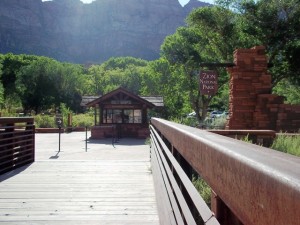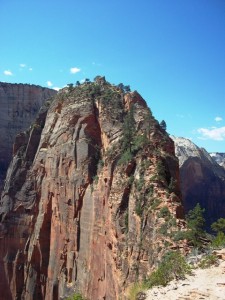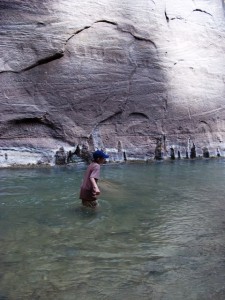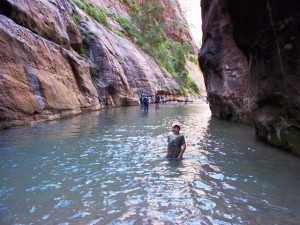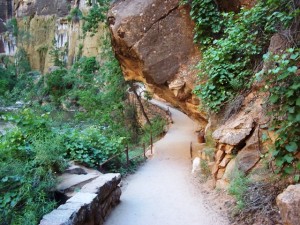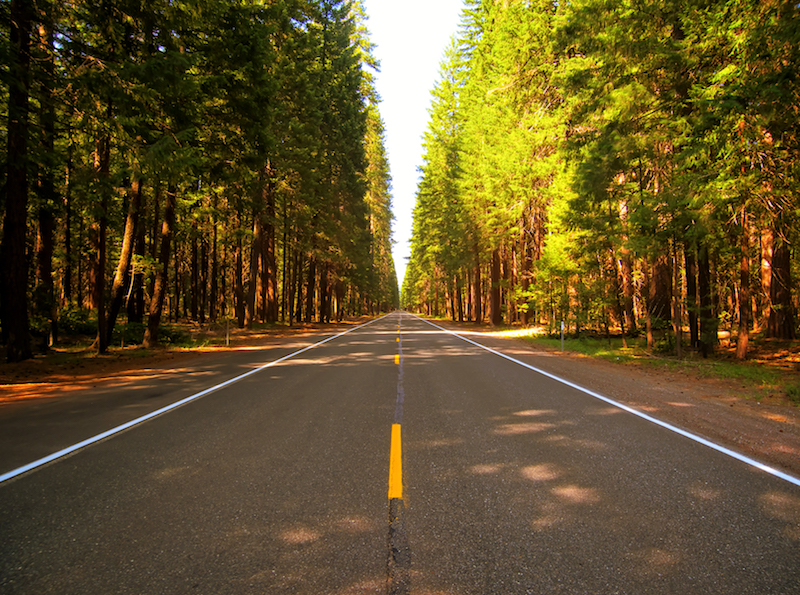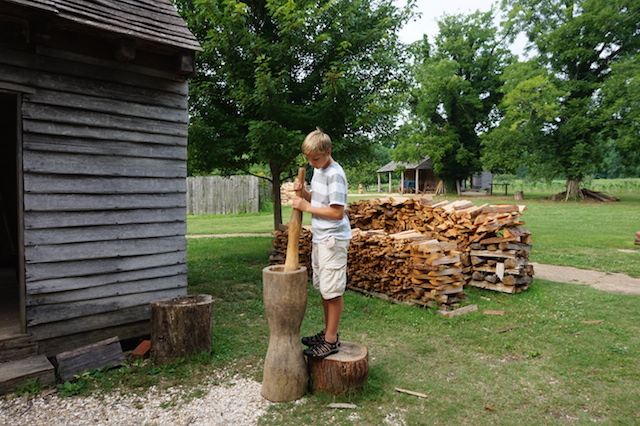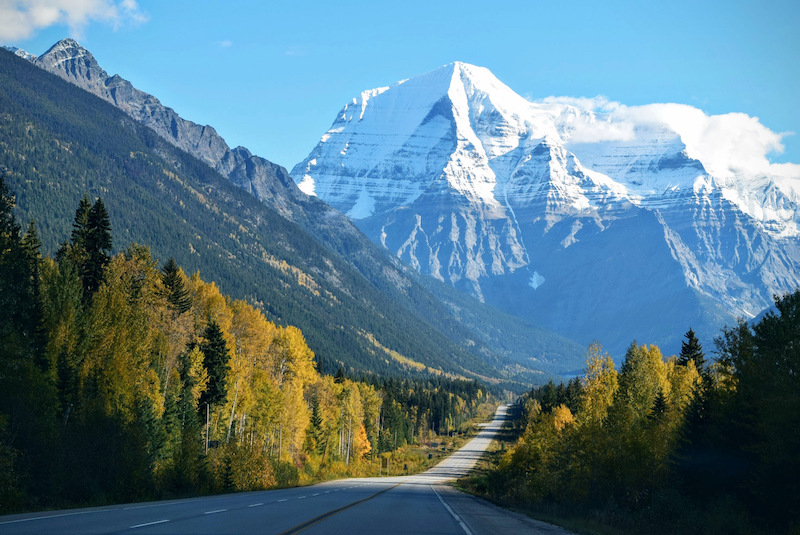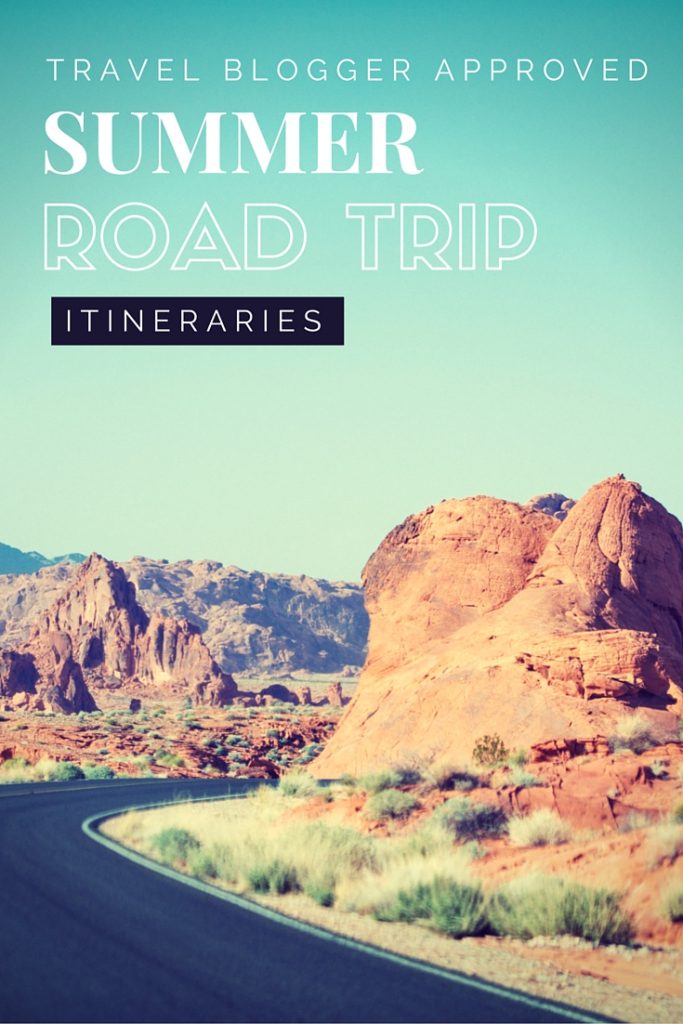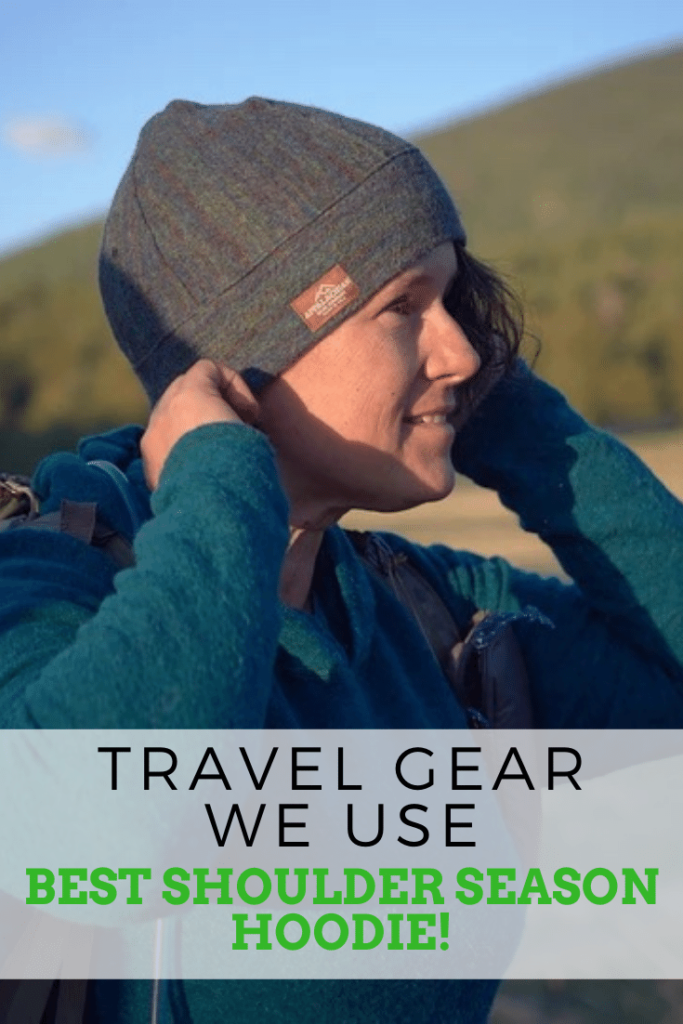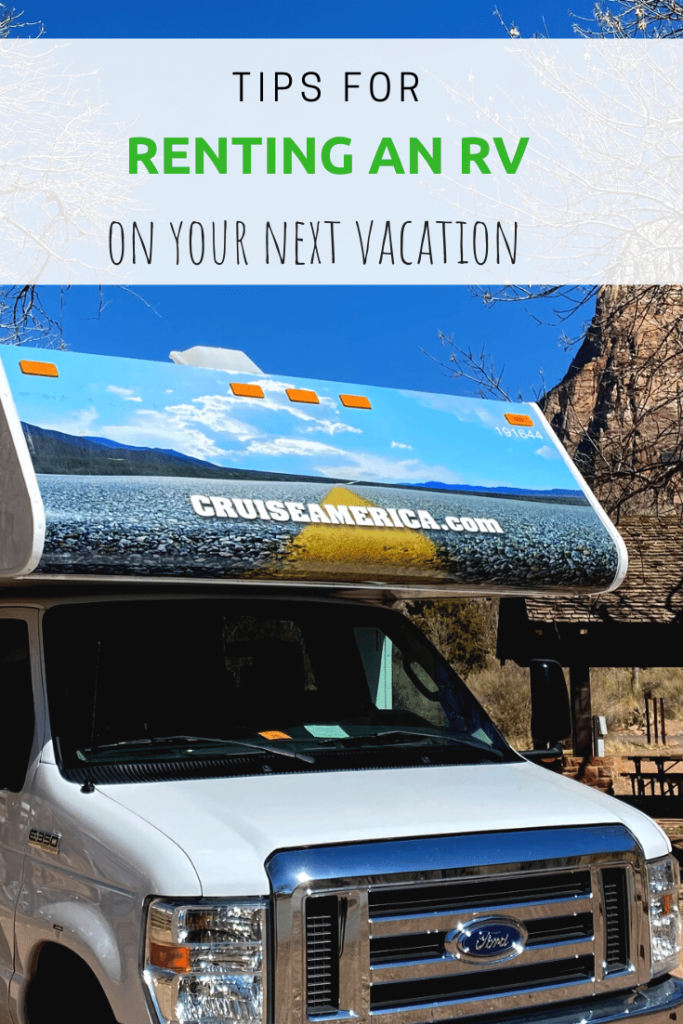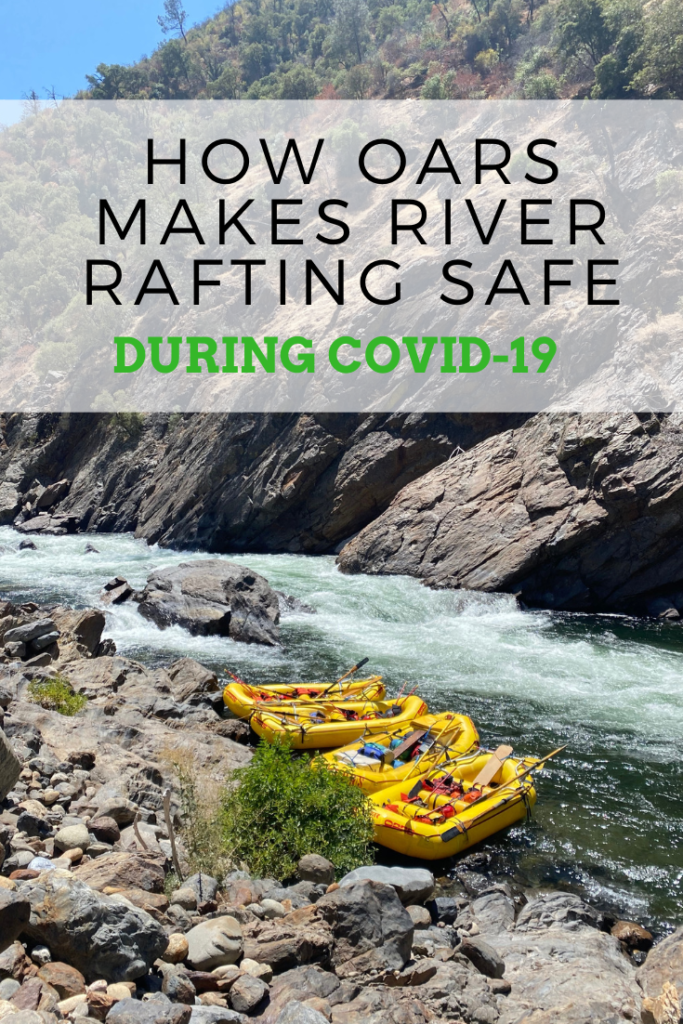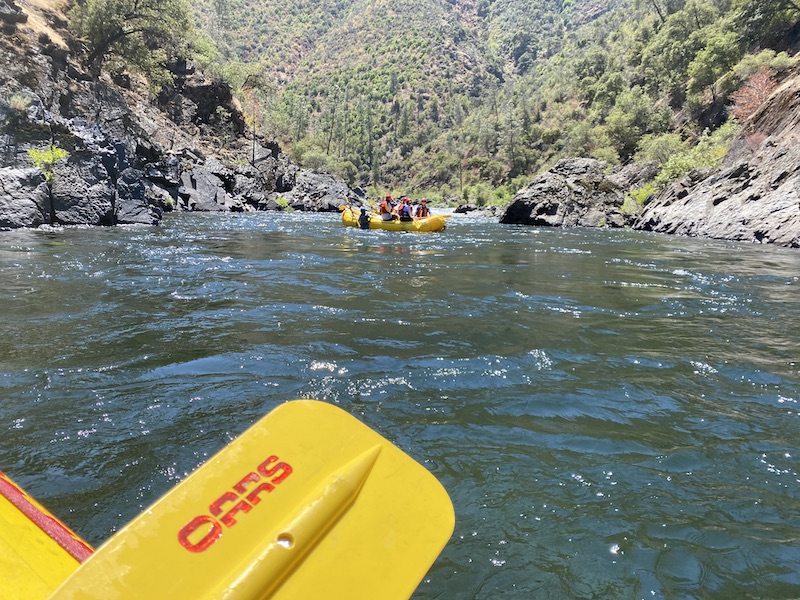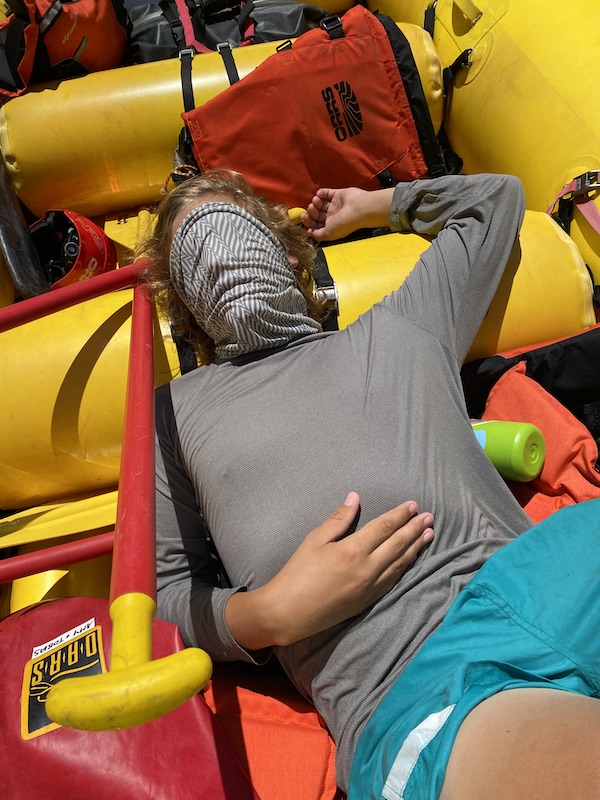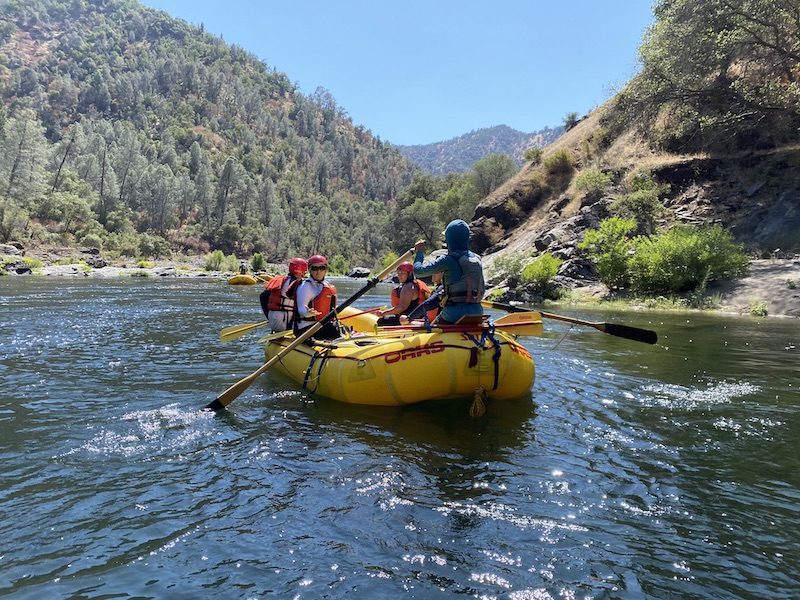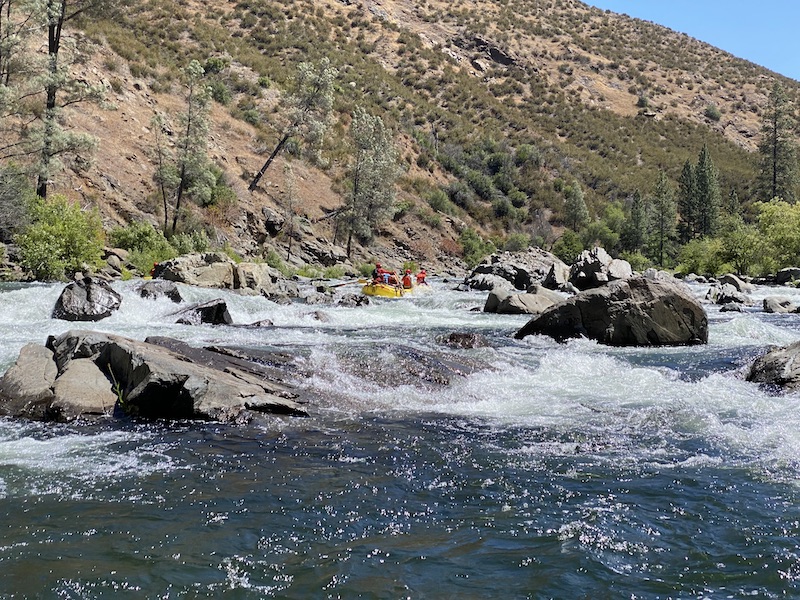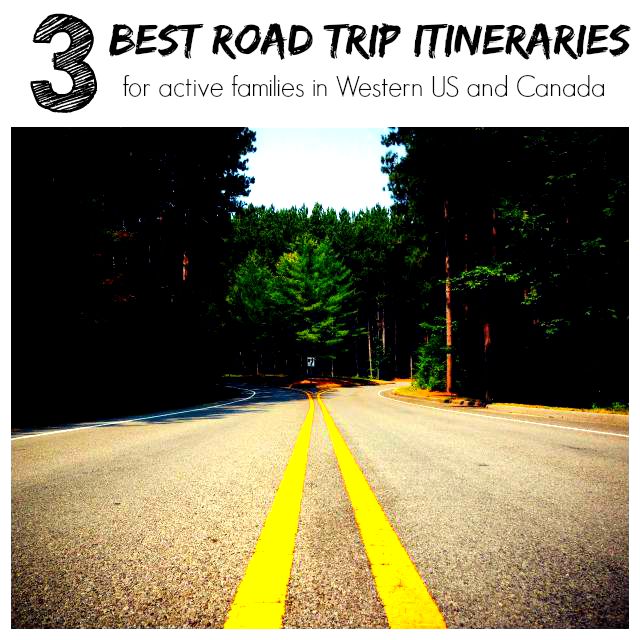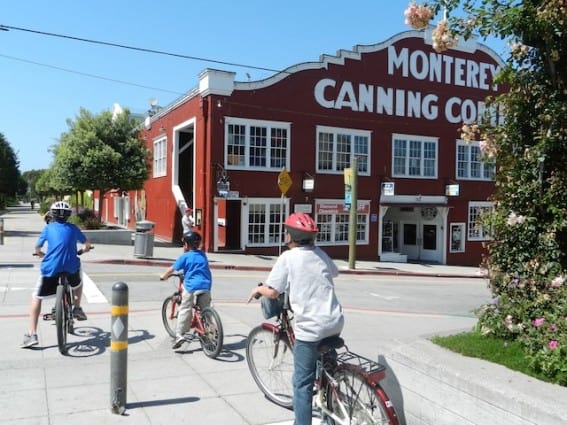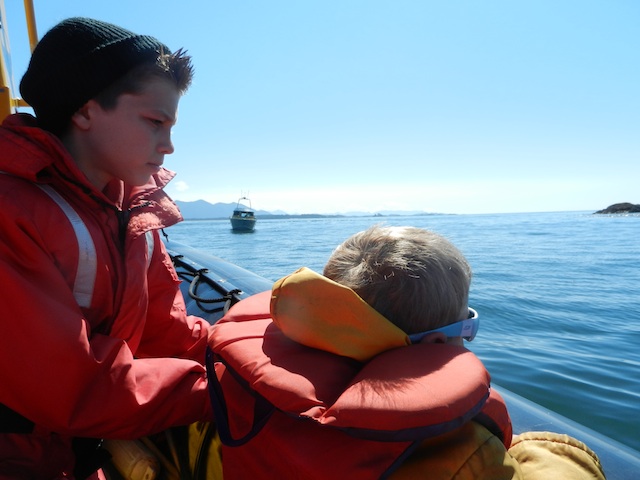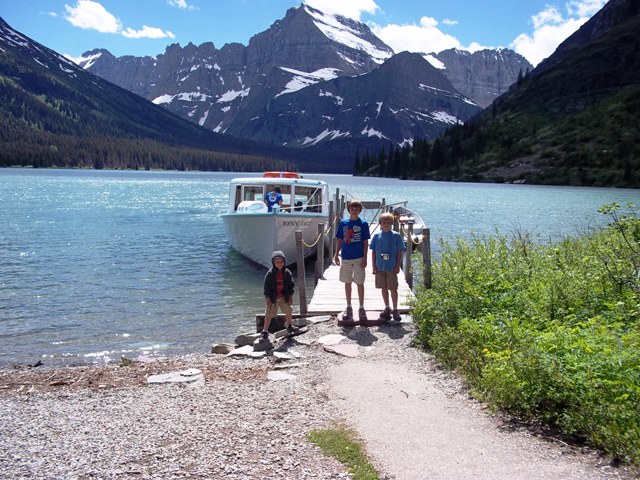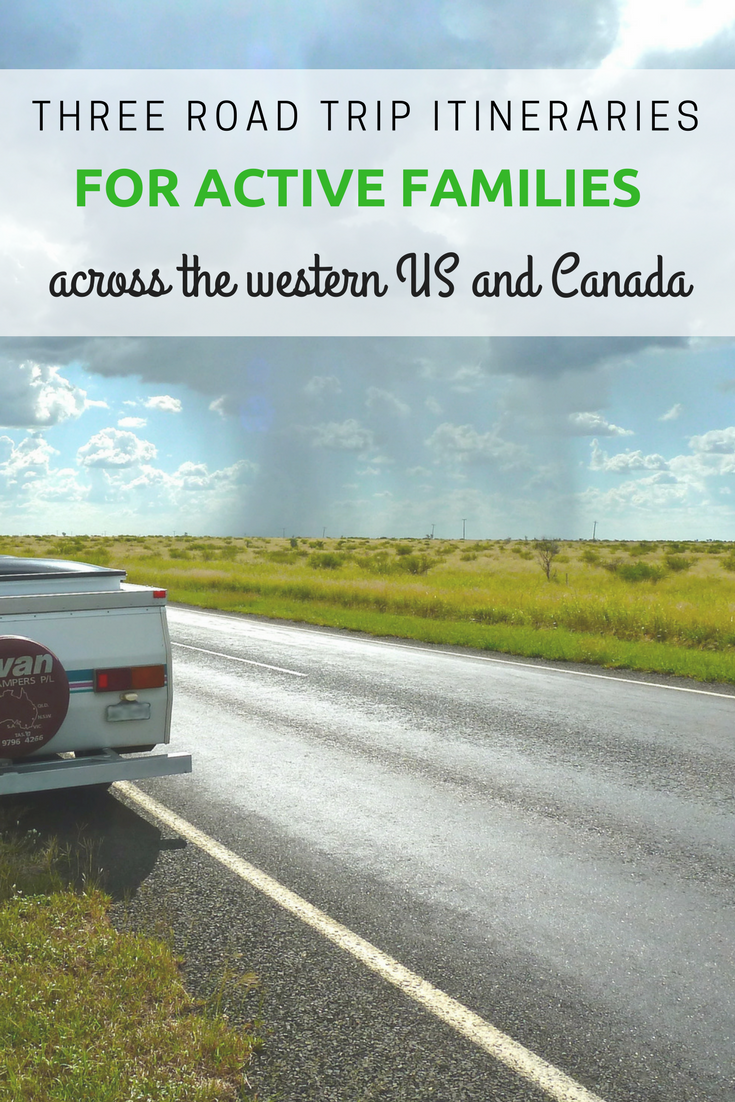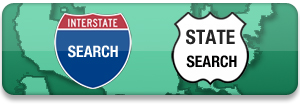Before I visited Zion National Park in winter, I pictured the famed slot canyons and rock formations of the park buried in snow, with park amenities shuttered for the season and the adjacent town of Springdale hard to access on wintery roads. I could not have been more wrong. Thanks to it’s low elevation and Southern Utah location near St. George, Zion National Park in winter is completely accessible, and often warmer than you’d think.
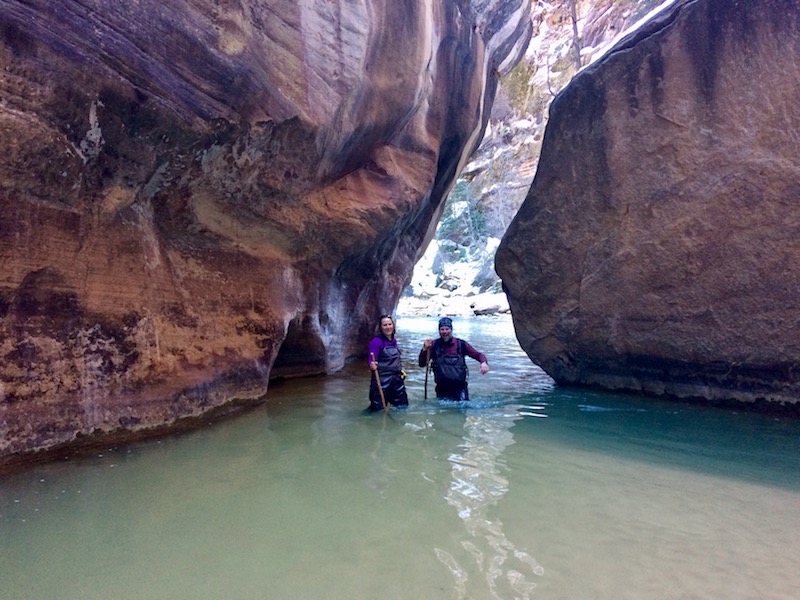
As we arrived from a weekend of skiing at Brian Head and Eagle Point (yes, you can ski and hike on the same road trip!), we rolled our windows down as we approached the park from Highway 9. It was a balmy 50 degrees when we entered the artsy, scenic town of Springdale, and inside the park, just enough snow dotted the ground and clung to the red rock to be picturesque but not problematic.
What to do in Zion National Park in winter:
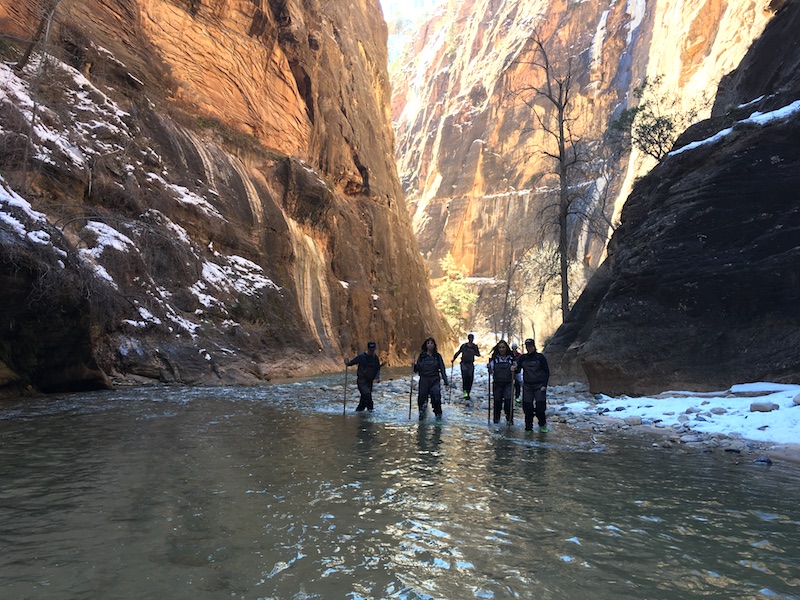
The short answer: pretty much everything you’d do in summer, but without the crowds. We hiked several trails that are usually highly impacted during the warm weather months, encountering only a handful of other people. During the winter, the Zion Canyon Scenic Drive can be done by car; in summer, you must take the shuttle. Most of the hikes that start from points along the drive are open during the winter months, too, which makes Zion National Park your personal playground in December, January, and February.
Hike The Narrows in winter:
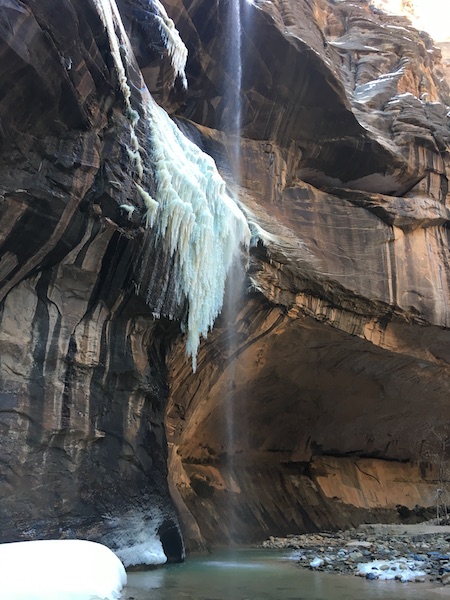
Hiking The Narrows was the highlight of our Zion winter trip. While we loved The Narrows in summer, going in winter is an entirely different experience. Start at Zion Outfitter, located at the entrance of the park by the visitor center. These guys can set you up with dry suits, special river shoes, and booties, which you’ll definitely want for the Narrows in winter. For $45/person, you get dry bibs (that go chest high), Adidas HydroLace canyoneering boots, neoprene socks, and a wooden hiking stick. For a little less, you can opt for waist high pants.
Note: you can rent the boots and socks in summer too, which I now realize would work better than the Keens we wore last time!
You can arrange for a guide to go with you in The Narrows, but families can also do it solo, provided you check the weather and conditions first at the visitor center. The Narrows are known for flash floods, which can happen any time of the year. To get to the river, go up Zion Canyon Scenic Drive to the last stop, Temple of Sinawava. You’ll take a paved trail for one mile, which ends at a good entrance to the Virgin River. During our visit, the trail was icy, so go slowly if needed, and be aware of icicles and potential falling ice above you.
Once in the river, make your way at will, sticking to the shallow spots as desired. The entire way up The Narrows to where it splits with Orderville Canyon takes a couple hours (it’s about 3.5 miles), but families can stop anytime; it’s an out-and-back. Take care to keep your upper body dry; water WILL pour into your dry suit from the top of the bib if you go too deep. Otherwise, the dry suit set up kept us very dry and comfortable.
Note: the canyoneering shoes WILL let in water; this is normal, and the reason for the wetsuit-like sock.
The Narrows in winter are truly magical: the snow and ice contrast with the red rock and water with such beauty, you’ll want your camera out at all times. And unlike in summer, when you’re wading through the river with crowds of people, you may have the river to yourself. I found myself completely alone more than once in the canyon.
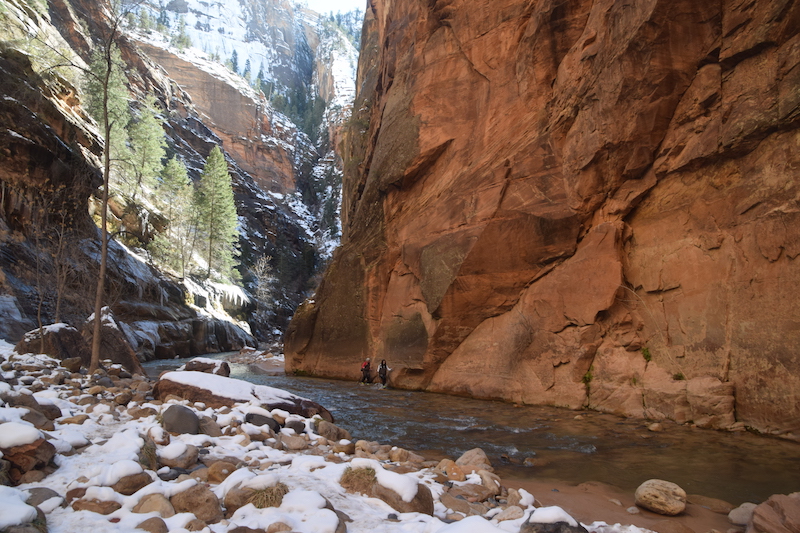
Additional hikes:
The easy hikes along the scenic drive, including the Grotto Trail and Weeping Rock Trail are usually open in winter, but be aware that they may be icy. Bring extra traction for your hiking boots, like YakTraks, and you should be ok. While we were at Zion, we also did the Canyon Overlook Trail, which is located just past the tunnel within the park (take a right at the ‘Y’). Canyon Overlook offers big views for little effort; the whole hike is less than 1.5 miles, and though fairly strenuous, includes features that will be fun for kids, like stair climbs, overhangs, and wooden planks. Just take care with young kids as there are drop-offs along the trail, though the end overlook does feature a railing.
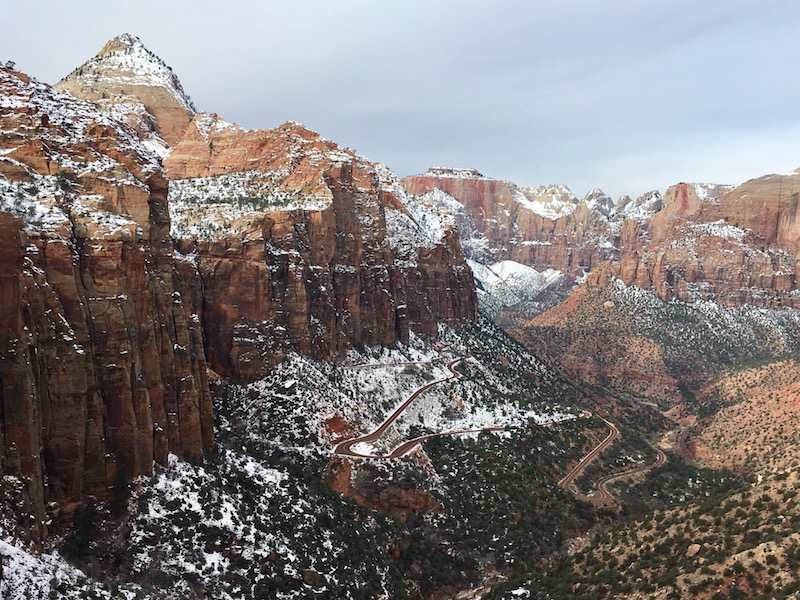
While we were at Canyon Overlook, a park ranger also recommended Sand Bench trail to us in winter. The Sand Bench Loop starts at the Court of the Patriarchs shuttle stop and is roughly 3.5 miles (round trip). From the shuttle stop, take the hikers’ bridge across the Virgin River. The trail crosses a stream, then continues past a landslide area from the ’90s. You gain elevation of about 500 feet, much lower than any hikes to the canyon rims. Plan to encounter sand, but as a winter bonus, it may be frozen or at least hardened.
Where to stay at Zion National Park in winter:
We have stayed at Cliffrose Lodge in both summer and winter, and love this property. See why it’s great for families here. The Cliffrose has been family-owned for many years, and the owners are committed to the area, putting money back into their property, and elevating the tourism experience in Springdale and Zion National Park. The lodge is just outside the park boundary next to the visitor center, and the view out of every window is fantastic. In summer, the gardens and access to the river turn the Cliffrose into an extension of the park for outdoor play, and in winter, the open, elegant lobby beckons. A full restaurant is slated to open in 2017, as well.
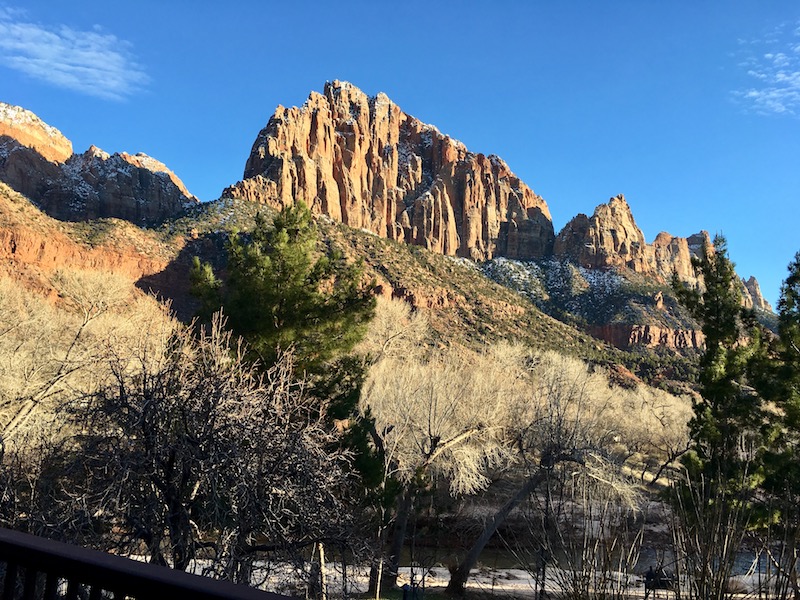
In winter, three outdoor hot tubs are at your disposal (in summer, there’s also a spacious pool), and a breakfast-in-bed (in room) menu is available for $10/person. Cliffrose suites are perfect for larger families, as they have two bedrooms separated by a full kitchen and dining area, with balcony or patio.
Where to eat in Springdale:
Springdale, the tiny town at the entrance of the park, is unlike any other ‘national park town’ I’ve experienced. It’s a destination in its own right, with art galleries, eateries, and specialty shops hugging Highway 9 against the backdrop of jaw-dropping canyons. From the Cliffrose, you’re only a few blocks from just about everything. The following restaurants are our favorites, with a few we haven’t tried added in that have been recommended by locals:
- 9 East: this upscale Italian and Mediterranean bistro has been opened by a recent executive chef from Las Vegas
- The Spotted Dog: American bistro fare
- Bit ‘n Spur: upscale Southwestern/Mexican hybrid cuisine
- Oscars
- Kings Landing
How to extend your Zion National Park trip in winter:
I recommend staying in Springdale at least three days in winter to enjoy both the town and the park, then extending your stay in Southern Utah to include Bryce Canyon National Park or a Southern Utah ski resort. Brian Head resort is only about an hour away, where families can snowmobile, ski, and snowboard to round out an adventurous vacation.
Pin it for later:
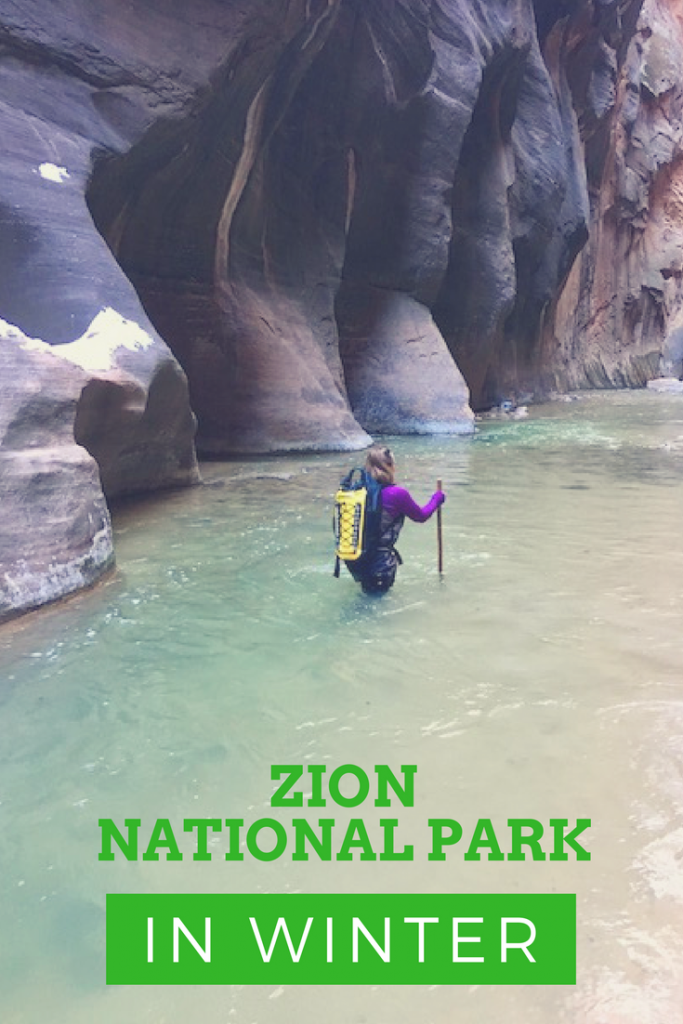
I was a guest of the Cliffrose and Zion Outfitter for the purpose of review. All opinions remain my own.





